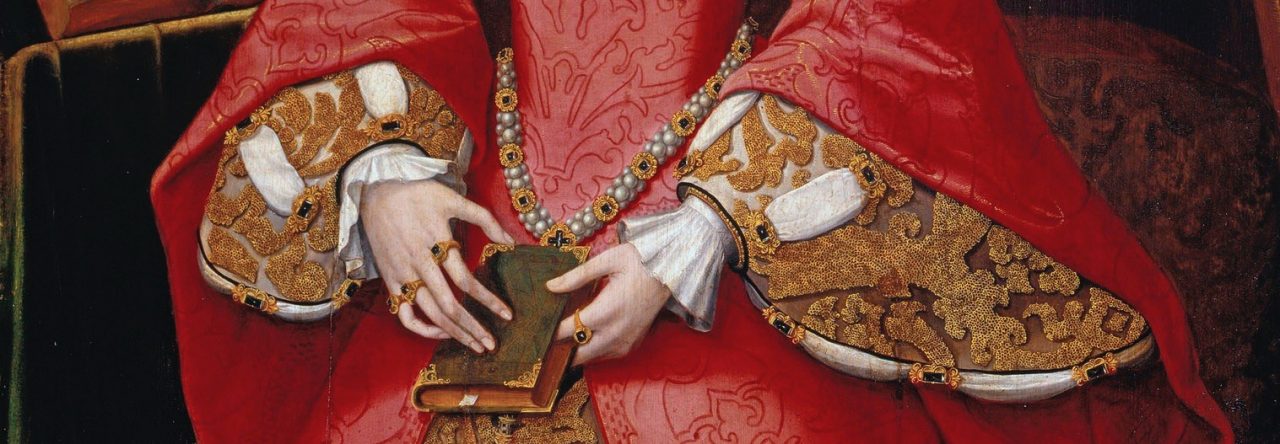
This work, falsely attributed to Aristotle, is one of the best known manuals on reproduction and sex published in the early modern period. This particular edition, the third, contained, like the ones before it, a compendium of beliefs on conception, pregnancy, and birth, along with detailed recommendations and descriptions of intercourse, including bawdy poems, which gave it a reputation as a sex manual.
Mary Fissell has written extensively on its tremendous popularity, which lasted all the way into the twentieth century. The book emphasizes the need for female pleasure in order for conception to occur and thus authorizes its frank and often deliberately erotic discussion of sex and illustrations of naked women, as seen on the title page and a separate front leaf. Alluding to a popular belief, the image features a black child, apparently conceived by white parents who looked at a black man during copulation, and a hairy woman, whose mother looked at an image of John the Baptist wearing animal skins at the point of conception.

Although the bawdy verses and descriptions of genitals and sex have received much attention, Fissell notes that “the book also provided a solid framework of contemporary knowledge about the basics of pregnancy, childbirth, and infant health, detailing topics such as the signs of pregnancy, how to tell false labor from true, the various positions the baby might present in, etc. Not surprisingly, since it was plagiarized from another midwifery book, this information was largely unexceptional” (Birds). In addition, there were “dozens of recipes for household remedies and a guide to physiognomy.”

Along with practical recommendations for housewives and midwives, the book includes a section on monstrous births, featuring for instance a description of a boy born with one head, one body, four ears, four arms, two thighs, two legs, and four feet. There is also a description and image of a hairy child born in France in 1579.

There are many reasons why a woman might have wanted to own this book, aside from its instructions on sex and midwifery. It provides advice on how to conceive, what to do after conception, how to determine whether you are carrying a boy or a girl, and so on. In light of the medical content, it is not surprising that appended to it is A Treasure of Health, or The Family Physician, a short text filled with home remedies for a variety of conditions.
This particular copy of the book contains a female signature on the title verso, “elisabeth Scott her book” along with the date “1743.”

We are, unsurprisingly, not able to trace this particular owner and whether she was a midwife or just an interested reader. Fissell has found a variety of copies of Aristotle’s Masterpiece with female inscriptions. In a 2014 article, she discusses an inscription by a woman named Sarah in the library of the College of Physicians of Philadelphia, and adds, “there’s Alice Burton in a copy at the New York
Academy of Medicine, Elizabeth Vincent and Sarah Fackerall, two different women readers, separated by a century, in a first edition in the University of Pennsylvania’s Van Pelt Library, and at Johns Hopkins there is a first edition inscribed by Elizabeth Wright” (“Material,” 144). Elizabeth Scott, it seems, was one of many women who owned and likely used and enjoyed this book.
Many thanks to Patrick Olson for calling our attention to this book and for his meticulously researched description of it in his catalog, to which this post is much indebted.
Source: Book offered for sale by Patrick Olson Rare Books, September 2021; since sold. Images reproduced with permission.
Further Reading
Mary Fissell, “Material Texts and Medical Libraries in the Digital Age,” RBM: A Journal of Rare Books, Manuscripts, and Cultural Heritage 15.2 (2014): 135-145.
Mary Fissell, “When the Birds and the Bees Were Not Enough: Aristotle’s Masterpiece.” The Public Domain Review, August 18, 2015.
